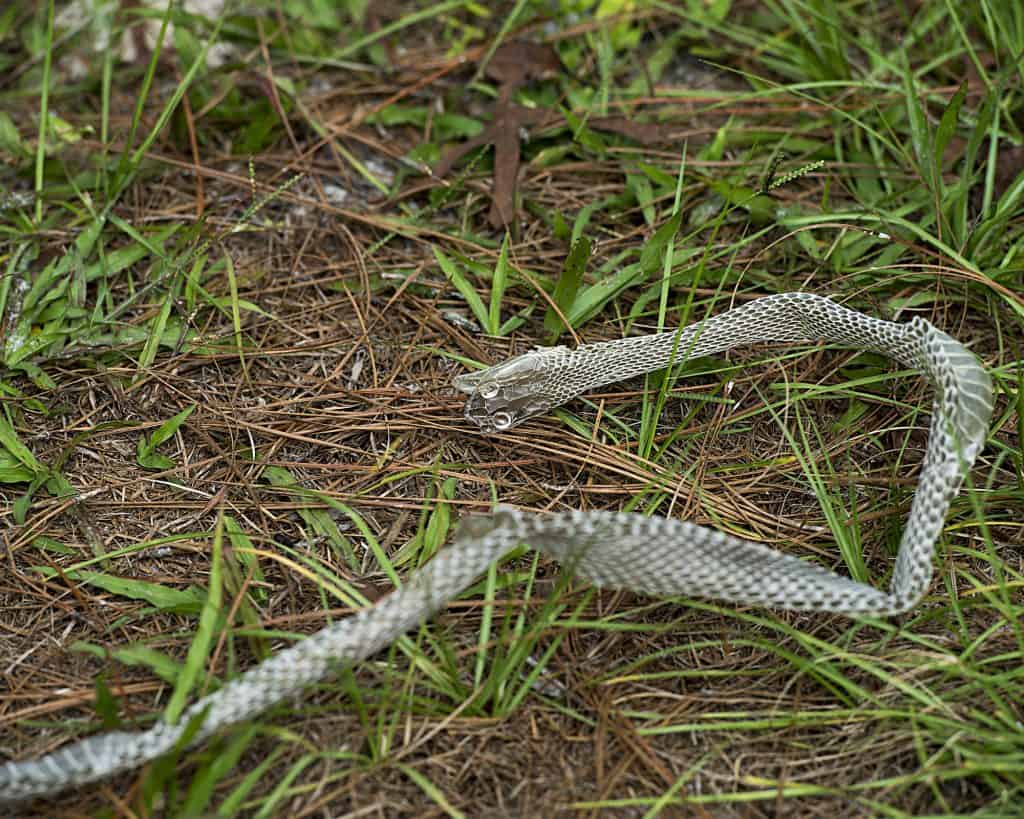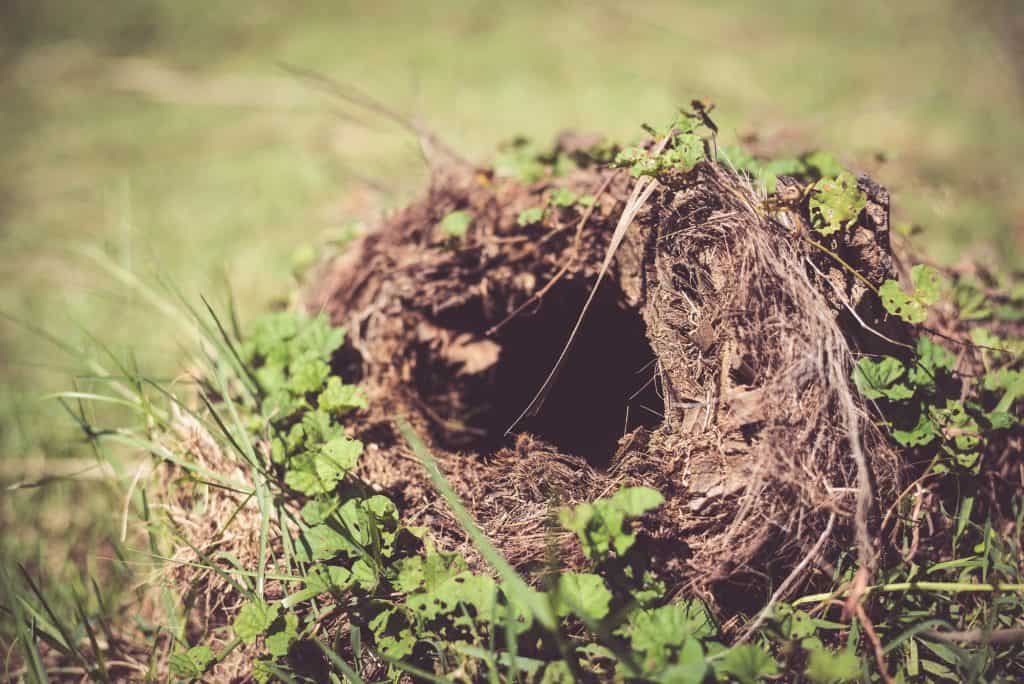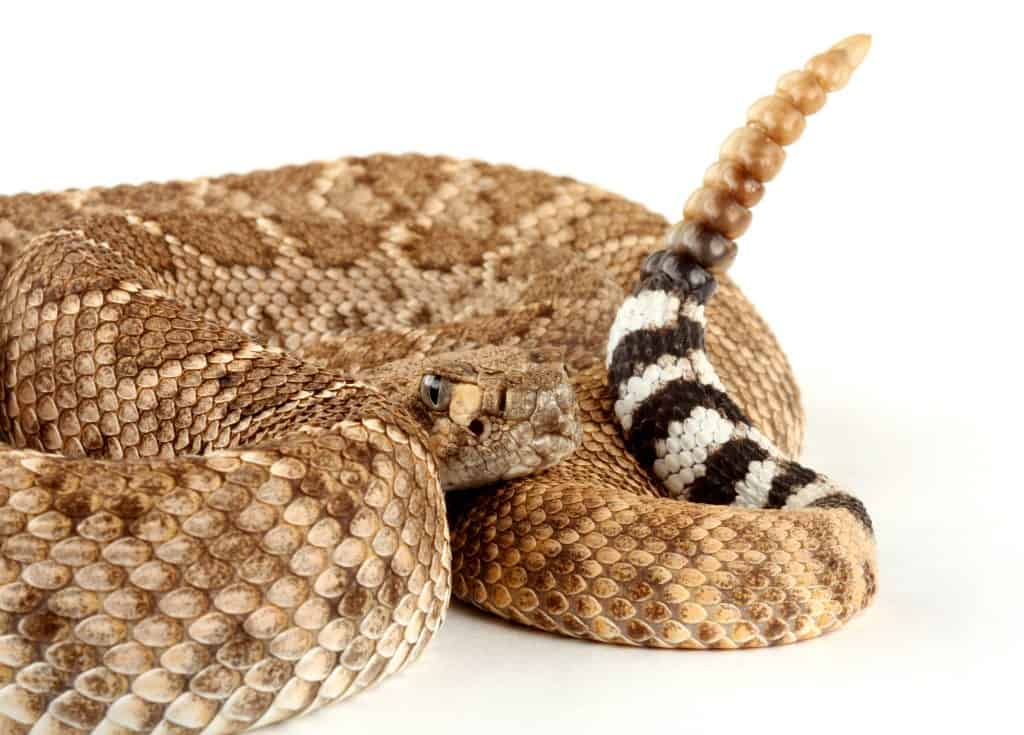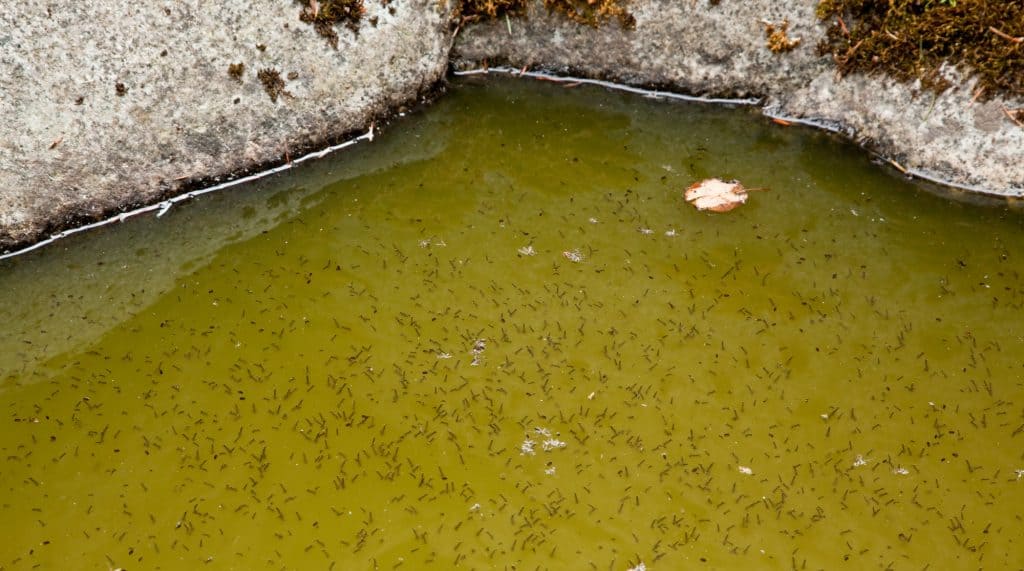If you’re like my wife, you have a soft spot for snakes. She used to have one as a pet when she was a teenager. For me, they were just creatures I had to watch out for when I was playing around in tall grass. Other than spiders, I don’t know if there’s a more polarizing animal.
However, even if you’re fond of snakes, you don’t want any wild ones living in your backyard. If this happens, you have a problem. If you find one living in the shade under your in-ground trampoline, you have a big problem. After all, that trampoline pit is awful appealing to a cold-blooded animal.
That’s not good for you — between 7,000 and 8,000 people in the United States are bitten by snakes every year. And not surprisingly, it’s not good for the snakes either.
Buckle up — we’re going to go over how to tell whether you have a backyard snake problem and give you some tools to help keep them away in the future.
Beware
Many snakes are venomous and can be deadly. If you’re not confident in your ability to handle the situation, call animal control or a professional pest control service.
Signs Of Snakes In Your Backyard
First off, is this a problem you should even worry about? Are snakes even attracted to in-ground trampolines?
In-ground trampolines can be good habitat for snakes because they’re protected, and there’s some amount of thermal regularity. Additionally, people aren’t in their trampoline pit very often, giving the location an illusion of privacy while keeping the snakes safe from predators.
That doesn’t mean that the in-ground trampoline pit will attract snakes. Instead, it indicates that snakes that are already in the area are slightly more likely to move into your in-ground trampoline pit than other places.
Because of this likelihood, you need to keep an eye out for snakes in your yard. This is especially true if you have children and live anywhere a venomous snake might set up shop. There are quite a few signs you can look for to know if you have a snake problem.
Snake Skins

The first thing you’ll probably notice if you have a snake problem is snake skins. Snakes leave these behind as they molt and if you find one near your home, there’s a good bet there’s a snake close by.
Snake Tracks
Watch for snake tracks, which can look like long thin, wavy, or looping tracks in dust, dirt, mud, and sometimes even through the grass. These tracks are usually most common in and around the trampoline pit, but they can show up anywhere in your yard or garden.
Snake Feces
You should also keep an eye out for snake feces. Snake feces look a lot like lizard feces, and can be brown or green, often with a chalky white cap, and may have identifiable bones or fur.
Snake Holes

Snake holes can also be a good snake-proof, and snakeskin may be the easiest sign of a snake hiding in your trampoline pit.
Identifying Snakes You Find
If you notice snake tracks or other signs of a snake in your in-ground trampoline pit, it’s important to make an attempt to identify the snake. Some snakes are dangerous, and other snakes are protected, so you need to know what you’re dealing with. Once you know, you can make a plan for dealing with the snake.
The first bit of information you need is whether or not your snake is venomous.
The good news is that if you live in the United States, there’s a relatively limited number of venomous snakes you need to worry about. Additionally, you can use the same snake traps and other techniques to deal with them (although you want to exercise more caution).
The best way to identify your snakes is through a visual inspection. Backyard snakes tend to avoid people though, so you might want to install a camera to increase the odds you’ll be able to see the snake.
Other signs, like snake poop, aren’t as helpful. Snakeskin can sometimes be used to identify the snake, especially for small snakes like garter snakes that are mostly harmless. But the snake skin’s pattern won’t necessarily tell you the difference between a bull snake and a western diamondback, or other varieties of rattlesnakes.
Luckily, there are some common signs that help differentiate non-venomous and venomous varieties.
Rattles

For instance, a rattlesnake will have a visible and fairly obvious rattle on the end of its tail. But a bull snake will make almost the same noise by writing around on the ground — they don’t have a rattle and aren’t venomous.
Size
Smaller adult snakes are typically non-venomous as adults. This presents a tricky issue, as newly hatched snakes can be venomous and might be the same size as their non-venomous adult counterparts.
Colors
Bright colors on a snake can also be signs of trouble, as are darker diamond patterns along their backs. However, sometimes the snake is simply masquerading as a venomous variety. The differences between the two can subtle and difficult to recognize.
Shapes
Lastly, venomous snakes have a more pointed and threatening-looking head shape, while non-venomous snakes have rounded heads and softer mouths. They might even have a mouth that looks more like your dog’s or cat’s mouth.
Keeping Snakes Away From Your In-Ground Trampoline Pit
Unfortunately, unless you’re a snake and reptile expert, you’re not going to do as great of a job at identifying the snake as a professional snake catcher or animal control expert. Therefore, it’s even more important to keep these snakes away from your in-ground trampoline pit.
Keeping your in-ground trampoline pit safe and snake-free means keeping your backyard snake free. You may need to use a combination of a snake trap, snake traps, snake repellent, and other techniques to help prevent snakes from setting up shop in your backyard.
Here are some of the options you have to avoid in-ground trampoline snakes.
Snake Traps
There are a variety of snake traps available commercially, all of which are relatively effective when well-placed and let to do their thing.
However, there is some controversy over traps, particularly if you choose to use a glue trap. That’s because glue traps snag and hold the snake until it dies of starvation or thirst. This is an effective option but draws criticism for being inhumane.
Additionally, glue traps can also trap and kill other animals in your backyard, some of them helpful or even beneficial.
Depending on the kind of trap, you may also need to be careful removing them from your in-ground trampoline pit because living snakes, and even recently dead snakes, can still bite you and be dangerous.
If you’d like a recommendation, this trap from Catchmaster really fits the bill.
Snake Repellents
Another common option to keep snakes away from your in-ground trampoline is to use snake repellent to keep them away.
Snake repellents are mostly scents, often pheromone-based, that snakes will avoid like the plague. That could be because the repellent smells unpleasant, like a potential predator, or even the smell of another type of snake!
Repellents have demonstrated their ability to keep snakes away, but they aren’t foolproof. In fact, natural repellents have varying levels of effectiveness. It’s also worth noting that a repellent that works on non-poisonous snakes won’t necessarily repel snakes of other types.
Finally, snake repellents need to be renewed if you want to avoid snakes moving in. They only work for a limited time, and may not always be a sufficient deterrent. Luckily, Snake-B-Gon (link) is relatively inexpensive and a little will last you a while.
Install A Snake-Proof Fence
Snake-proof fences are a good option if you live anywhere snakes like to be, but it’s particularly a good idea if you want to avoid in-ground trampoline snakes.
The fence basically creates a barrier around your in-ground trampoline and the rest of your yard that most snakes can’t get through.
That said, snake-proof fences aren’t 100% effective either. Snakes can and do find their way around the fencing, and some snakes might not be deterred by the fencing at all.
Remove Their Food Sources
Another way to protect your in-ground trampoline is to remove the food sources that attract snakes in the first place.
Snakes are carnivorous creatures, which means that they aren’t likely to stay anywhere they can’t find prey, like mice, rats, and sometimes even squirrels or birds.
Using traps, removing food sources, or using deterrents like large dogs in your yard may discourage other animals from visiting, and prevent snakes from coming into your yard in the first place.
Again though, if you choose to discourage other small animals with natural repellents, it’s not going to be 100% effective. It can make it less likely for prey animals and the snakes that hunt them to move in, but you aren’t likely to keep everything out of your yard.
Get Rid Of Standing Water

Snakes, like most animals, need a consistent source of water to thrive. In fact, many snakes are very dependent on their water source, not just for hydration, but also to clean themselves off and to make it easier to evacuate.
If your in-ground trampoline pit consistently has standing water it may be a big part of why snakes are setting up in the pit. It’s also possible that a nearby pond, birdbath, water fountain, or other sources of standing water may be drawing them in as well.
For water under your trampoline, you can use a water removal drain to deal with the snake problem. For the other sources of water, your only option is removal.
Keep Your Backyard Clean
Like all animals, snakes need a habitat that can support them. For most snakes that means a combination of places to hide, places to hunt, and some water.
In addition to your trampoline, old firewood, dead leaves, and other yard debris can all make a much better habitat for the snakes, encouraging them to stay in your backyard. Keeping your backyard neat not only reduces the amount of habitat in the area but also looks unnatural to snakes.
This unnatural aesthetic encourages them to leave instead of trying to make a nest.
In fact, keeping your backyard clean has a host of other benefits and will help keep mosquitoes and other pests at bay as well.
Call Animal Control
At the end of the day, if snakes have moved in and refuse to leave, you’ll probably need to call animal control. A professional snake catcher will know how to safely identify and remove the snakes in your yard.
If you have snakes and don’t know how to get rid of them, this is easily the best option.

